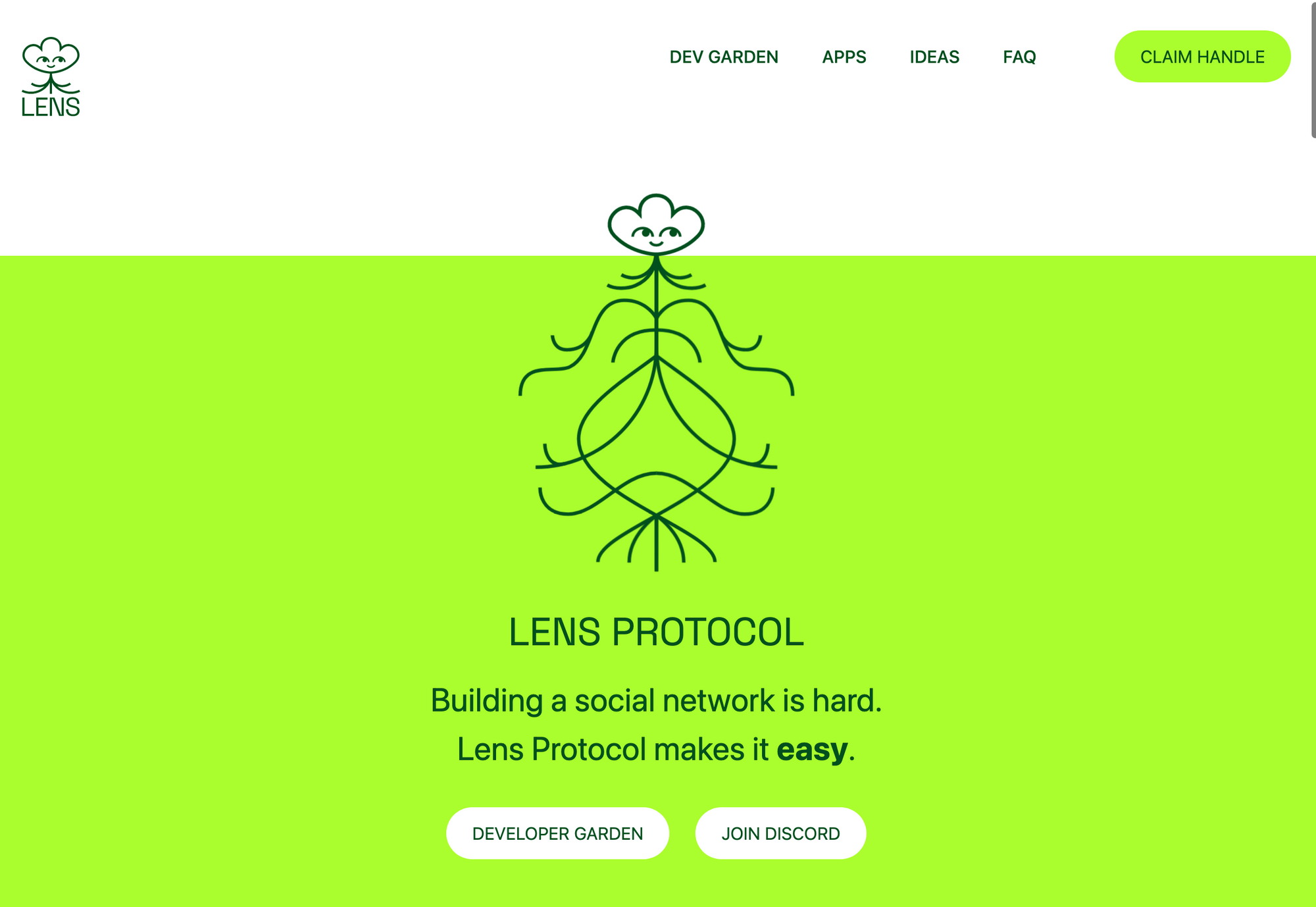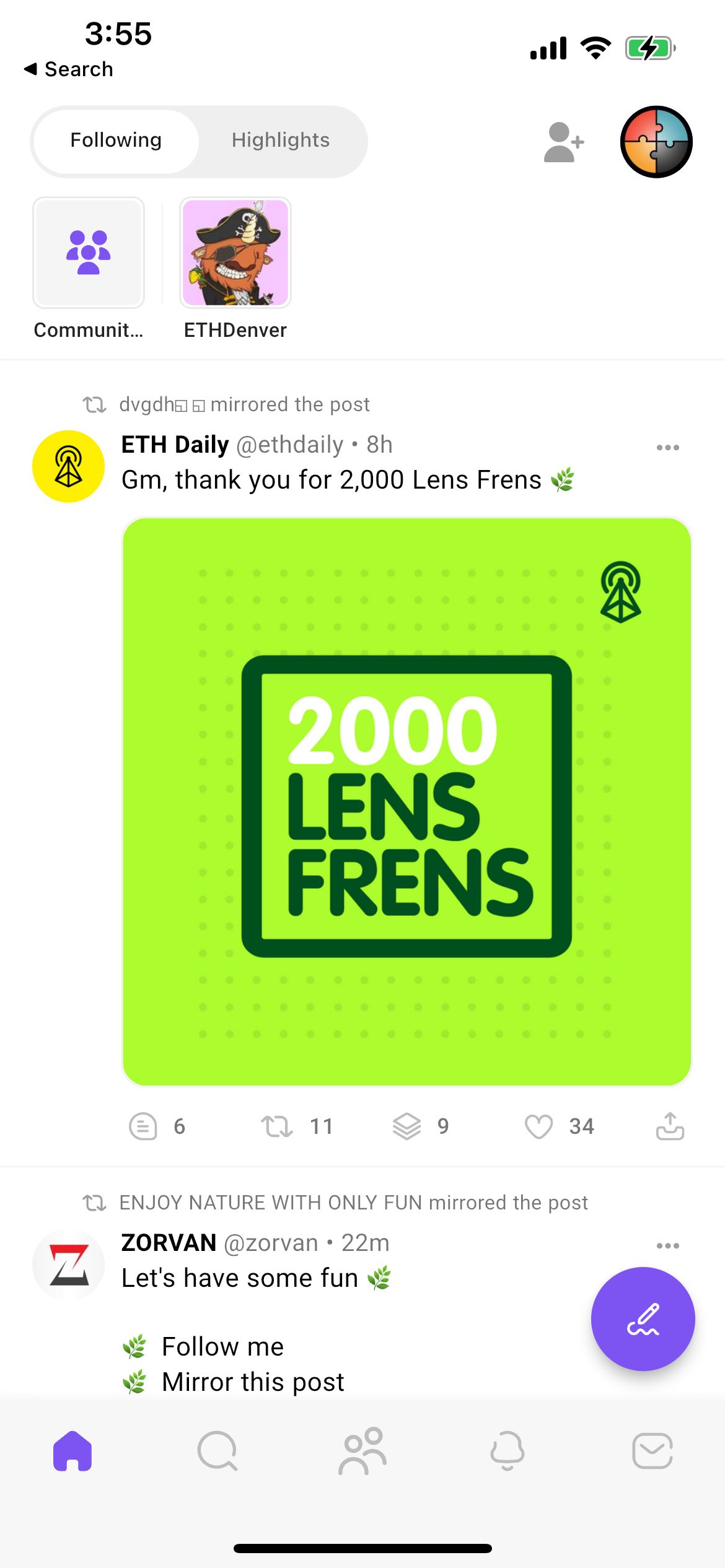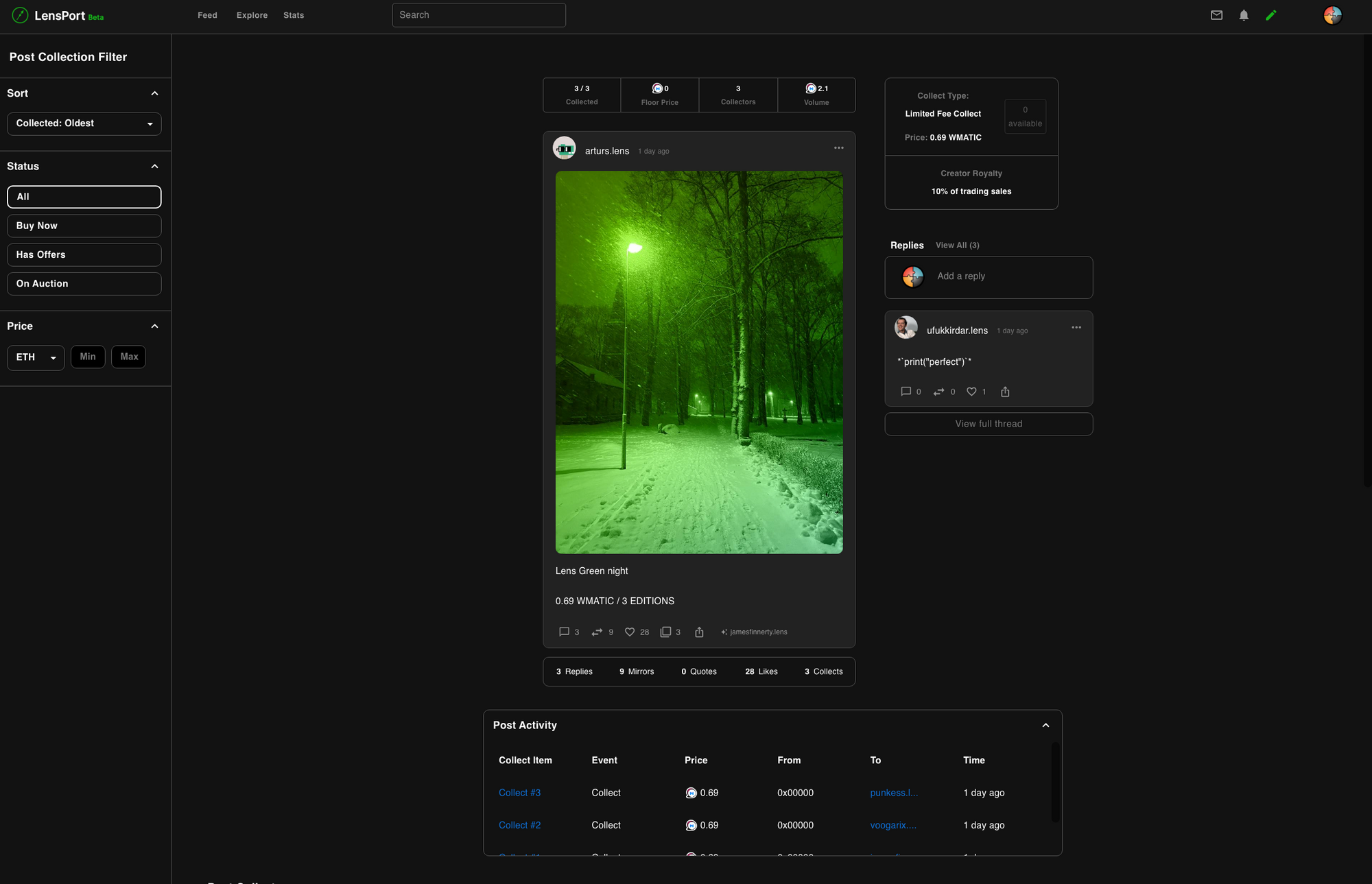Finally, a Twitter Killer That Just Might Do the Job
By Evan Hansen
Everyone is looking for a Twitter replacement as bugs become more noticeable and the new owner continues to slash, and lash at, the staff.
Some of the backlash is simple repugnance of Elon Musk and his hurtful behavior, egotistical manners and polarizing statements. (Full disclosure: I was laid off from Twitter in January after nearly seven years, a casualty of the initial cuts that ultimately dismissed 3/4 or more of the staff.)
There’s a better reason to bail, and that’s decentralization. I can hear some laughter - that’ll be the day! Read on.
A new crop of social protocols are emerging that promise to break down the walled gardens of “Web2” that led to the dominance of Facebook, Instagram, Youtube, Twitter, Snapchat, to name a few.
That’s good. Centralized services control your data, your account access, the visibility of your content and on and on. If you leave you lose all of your connections. Your friends won’t necessarily travel with you to a new platform, you’ll need to start all over again.
It’s hard. Lots of people have tried to stand up real world decentralized networks only to run into seemingly insurmountable obstacles and friction, from disinterest among end users in shouldering some of the required work that’s often involved, to cross platform incompatibility, to the 0-1 problem of launching a new network with no network effects.
Lured by decentralization, dozens if not hundreds of people in my Twitter graph boomeranged after public declarations they were DONE. So it’s easy to conclude centralization has not met its match.
This has definitely seemed to be the case with platforms like Mastodon, a mostly overlooked one-man show for years that got a big post Elon-Twitter pop. It is probably the most well known, with 1 million users in January (compared with 230M or more with Twitter), and it’s attracted some former Blue Bird staff to create new slicker clients that are easier to manage.
That said it can still be hard to find accounts you’d like to follow, and some people take issue with the technical architecture, arguing it’s not really up to the task of scaling into a global universal protocol, among other things. I tried it but found it was not really ready to be a true Twitter replacement.
Twitter co-founder Jack Dorsey last month revealed his own decentralized play, BlueSky, though it is still in private beta and I have not had a chance to try it out. Techcrunch reports that so far it looks a lot like a straight up Twitter clone, “functional, if still rather bare-bones.”
BlueSky is built on the AT Protocol, an open source project that’s really the news here, which Dorsey says will allow many social apps to flourish without one centralized point of control. He's been working on it since 2019.
He's also been pushing a censor-resistant protocol called Nostr, which integrates payments from Bitcoin's Lightning Network, allowing users to send tips to content creators called "zaps." There is a burgeoning ecosystem evolving around it, with dozens of clients trying different approaches, like the recently released iOS app Damus, but unless you are all in on Bitcoin it can be a learning process getting set up and funding your wallet.
There are others, but IMO so far they also fall short if you really want to replace Twitter. I enjoy using Farcaster. If you’re really into Web3 you can find cool unique posts and people building the future. But the network is still very small and engagement can be low as a result.
And yet. While it’s often argued centralization will always win because it’s more efficient, and it’s hard to dislodge an incumbent that’s had years to accumulate end users, there’s already a new winner on the social scene out there: Lens Protocol, developed by the creators of the popular Aave liquidity protocol.

Many apps built on Lens are currently invite only. I was able to get an account last fall on Lenster, a Web app built by the Lens team. The connection came through FactlandDAO, a side project I’m working on to create a trust-less and decentralized fact checking protocol to fight misinformation. (Web3 builders and communities love people who walk the walk.)
Since then I’ve also played around with Orb, a newer slicker Lens client for iOS; Buttrfly, a mobile version that highlights multimedia like video, images and music; and Wav3s, a marketing Web app where people can create social media marketing campaigns. They all run off of Lens, they work beautifully, and they are not just re-skins, which many of the Nostr clients turn out to be, they each have unique features and target audiences.

Then there's Lenstube, a Youtube social video knock off built on Lens, Re:Meme, a meme generating Web app linked to Lenster, and LensPort, a marketplace for trading "collects," or NFTs minted from posts published on Lens-powered apps, to name a few. Lens Protocol features more than a dozen on its Web site, and they only launched a year ago.
My conclusion so far: Lens currently has the biggest lead in creating an ecosystem that can actually replace Twitter. That's because Lens is not an app, it allows others to build on top and seamlessly interconnect, unlocking a kind of Apple App Store for social. It's what Dorsey’s AT Protocol is supposed to allow, only Lens is far ahead.
Lens launched in March 2022 and in January announced 100,000 “profile owners,” or registered users in Web2 parlance. It’s tiny but punches above its weight. (BlueSky has about 2,000 beta testers.)
IMO Lens is solving the biggest problem for any upstart trying to disrupt an established incumbent. If newcomers hope to succeed, the experience can’t just be theoretically better (decentralized!) or marginally better (our buttons are prettier!) People are lazy and love the familiar, even when it is arguably worse than the alternatives. To convince people to switch, the experience has to be 10x better or more.
It's early days and things could still go off the rails, but I’m willing to go out on a limb and say Lens may achieve that.

The Lens apps I’ve tried are all instantly engaging, and include what are in retrospect no-brainer interactions that are nowhere to be found on Twitter or other rivals that emerged in the pre-Web3 era.
Take Orb, which is flat out delightful to use. NFTs are baked in, so users own their own content, and can set up token-gated access if they like. Minting requires no fees and is instantaneous (although it ran into a glitch last October). It's as easy as adding a like, one click and you're done.
Posts on one app can be “mirrored” on others, where anyone on a Lens client can find them and interact with them, if the user allows.
Lens runs on Polygon, allowing app builders to include simple self-service rewards mechanisms. For example, on Orb users can easily offer wrapped MATIC token rewards to boost a post, or they can charge people to “collect” a post, minting it as an NFT that immediately appears in your wallet, and sell it, if you can.
It allows fine-grained controls, for example, over the number of mints available, from 1/1 to open edition, and price, from free to sky’s the limit, from time limited to always on. All without listing on a marketplace, although you can do so if you want.
Orb also respects users' data preferences, allowing them to store all or part of their history on chain or off, say, on the IPFS or ArWeave. You own it all.
It's possible these types of features are of limited interest to mainstream users of social media, but to paraphrase Steve Jobs, "People don't know what they want until you show it to them."
You may have to take my word for it until the protocol opens up for a wider audience, but this is one to put on your radar.
Create
All Is Not Quiet on the NFT Front
A New Tulip Mania?
A lot of words have been written about the pros and cons of NFTs and the Metaverse, but now a new art project is calling everyone's bluff.
Heterosis, from British artist Mat Collishaw and various collaborators, is a mind-bending exploration of the possibilities offered by new art-making techniques. His project, which launched this week in a pre-sale to exclusive buyers, goes public today (Thursday), assuming there's any inventory left.

But more than that it offers an exciting glimpse of what's now possible, and it's beyond anything we've ever seen before. From the catalog:
"Heterosis is a unique flower hybridization experience, in which participants can cultivate their own bespoke, animated NFT flowers. This art project is composed of a collection of breedable, dynamic NFT flora that exist in the digital wallets of their respective owners, as well as collectively in an extraordinary metaverse ‘Greenhouse’ — a virtual, post-apocalyptic recreation of London’s National Gallery. All the NFT flowers in the collection can be seen growing in their current forms among the abandoned, overgrown remnants of this historic building.
"Based on innovative technology, the artwork invites collectors to participate in a venturous game and simultaneously question the fundamentals of the crypto space as a whole. Heterosis could not exist in any context other than blockchain, with its multiple participants bringing the artwork to fruition."

"The Greenhouse is an immersive, social and persistent digital environment where collectors can adopt an avatar, meet with others and chat while perusing all Heterosis flowers in their current iteration. A single flower can be selected and its properties and value ascertained in Open Sea Marketplace."
Wow.
And Now For Something Completely Different
Retro art also took center stage this week, as a 10,000 NFT collection of ASCII art owls grabbed the spotlight, and a cool $16M in resale volume. The set of colorful keystrokes was randomly generated from a possible 90M combinations, the creators claim.
It takes all kinds.

1/ Owls (@owlswtf) launched 4 days ago and got more than 10K ETH in secondary volume (~USD$16M).
— sealaunch.xyz (@SeaLaunch_) March 7, 2023
Currently it is the #9 collection in terms of volume in the last 7D and #5 in the last 24H.
Check our @DuneAnalytics dashboard exploring the main metrics https://t.co/Or6jCx2L55
🧵







